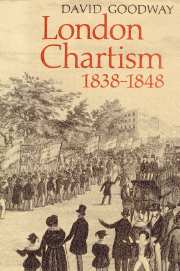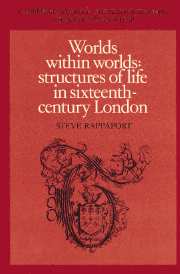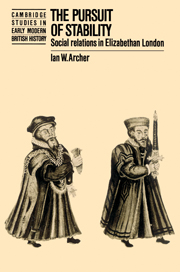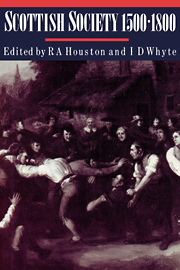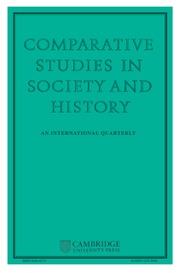London Chartism 1838–1848
This book, the first full-length study of metropolitan Chartism, provides extensive new material for the 1840s and establishes the regional and national importance of the London movement throughout this decade. After an opening section which considers the economic and social structure of early-Victorian London, and provides an occupational breakdown of Chartists, Dr Goodway turns to the three main components of the metropolitan movement: its organized form; the crowd; and the trades. The development of London Chartism is correlated to economic fluctuations, and, after the nationally significant failure of London to respond in 1838–9, 1842 is seen as a peak in terms of conventional organization, and 1848 as the high point of turbulence and revolutionary potential. The section concludes with an exposition of the insurrectionary plans of 1848.
Product details
October 2002Paperback
9780521893640
352 pages
228 × 151 × 23 mm
0.515kg
Available
Table of Contents
- List of tables
- List of illustrations
- Preface
- Acknowledgments
- Map
- Part I. The Character of London and its Chartism:
- 1. Some aspects of London in the Chartist period
- 2. The metropolitan economy
- 3. A profile of London Chartism
- Part II. The Course of Events:
- 4. The political background to Chartism
- 5. 1838–1840: apathetic London
- 6. 1840–1842: The success of London Chartism
- 7. 1843–1847: difficult years
- 8. The Irish
- 9. 1848: turbulent London
- Part III. Disturbance and the Maintenance of Order:
- 10. Metropolis and police
- 11. Riot
- 12. Riot: the maintenance of order
- 13. The great meetings of 1848
- 14. The great meetings: the maintenance of order
- Part IV. The Trades:
- 15. Introduction
- 16. The boot and shoemakers
- 17. The tailors
- 18. The building trades
- 19. The silk-weavers
- 20. The metal trades
- 21. The furniture trades
- 22. The hatters
- 23. The leather trades
- 24. The printing and book trades
- 25. The jewellery trades and watchmaking
- 26. The riverside trades
- 27. The bakers
- 28. The linen drapers' assistants - and other non-manual workers
- 29. Labourers
- Conclusion
- Appendices
- Notes
- Bibliography
- Index.

